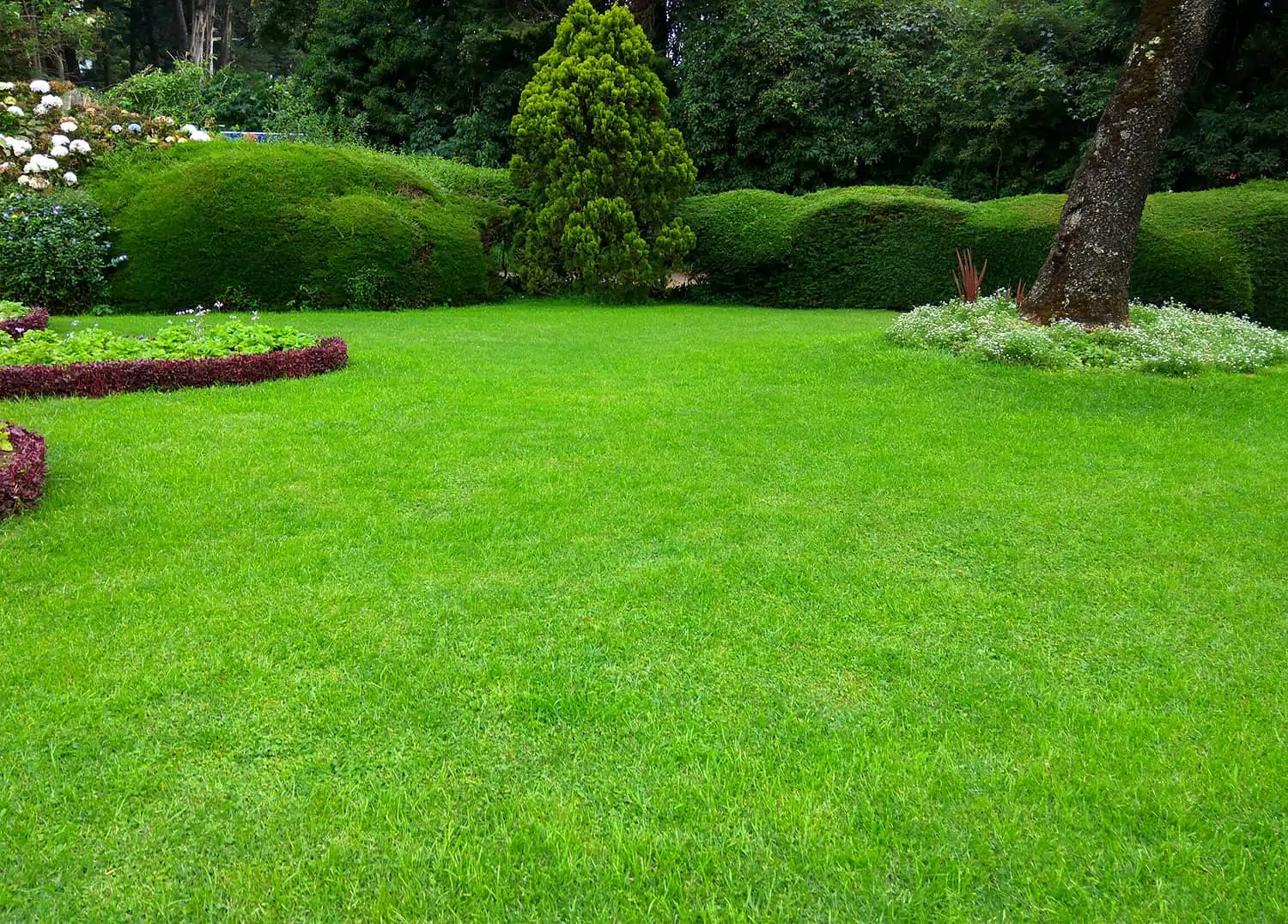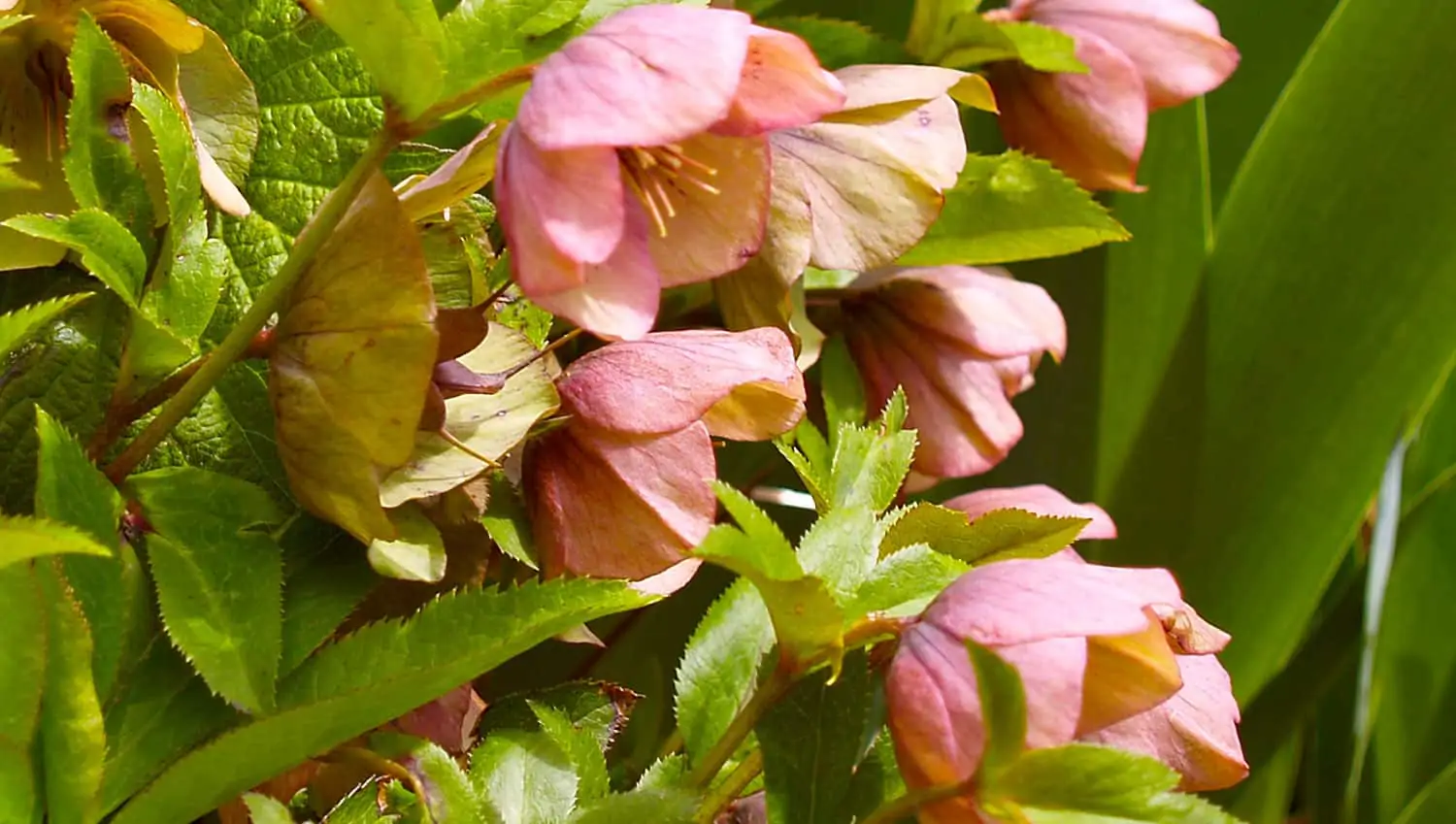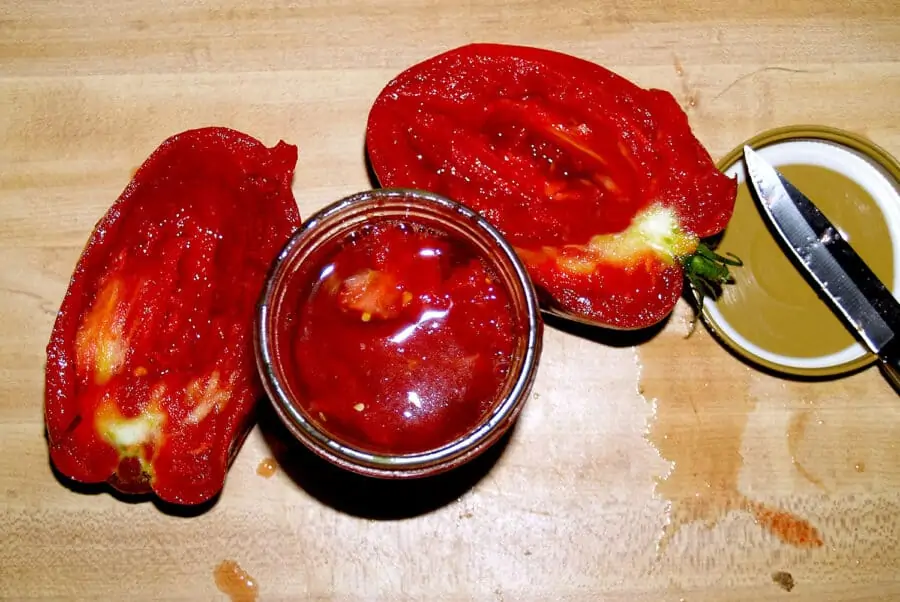Sphagnum peat moss has been a lifesaver for my gardening, as my house is constructed on prime of dense, alkaline clay. The addition of peat moss to my backyard, together with liberal quantities of compost, has accomplished wonders to control the soil pH and rework the clay to loam. Peat moss can be one of the best pure, long-term soil acidifier for acid-loving vegetation like blueberries, rhododendrons, strawberries, hydrangeas, and dogwoods. However utilizing peat moss is controversial, because it’s thought-about a non-renewable useful resource: it’s harvested from huge carbon sinks referred to as peat bogs, which assist us within the combat in opposition to local weather change.
What’s peat moss?
Sphagnum peat moss, aka sphagnum peat, is a soil conditioner utilized by gardeners and farmers to decrease soil pH (make it extra acidic). It additionally will increase the power of sandy soils to carry water and improves the drainage and gasoline trade capability of clay soils by including pathways for air and water. In contrast to different natural supplies like mulch and compost, peat moss doesn’t decay shortly and lasts in soil for a few years.
The place does peat moss come from?
Peat moss is harvested from a kind of wetland referred to as a lavatory. Within the lavatory, plant supplies submerged underwater, principally sphagnum moss, decay over hundreds of years, build up layer after layer. This ultimately turns into a soil-like materials referred to as peat. To reap peat, the lavatory is drained, and the uncovered peat is reduce and vacuumed up. Then it’s dried, screened, and compressed into the bales and different merchandise offered at your native backyard heart.
Nearly all of the peat moss offered in North America is harvested from drained bogs in Canada or Michigan, U.S. Apart from bales, peat additionally seems as peat pellets for beginning seeds, biodegradable peat pots, and as an ingredient in potting soils. Because of its sustainability query, peat produced in Canada is barely harvested after an environmental evaluation and impression research and is completed. It’s then harvested utilizing sustainable strategies. Despite the fact that the peat in a lavatory might have been accumulating for tons of or hundreds of years, analysis exhibits that harvested bogs might be restored inside 5 to twenty years.
Associated Publish: Get Your Backyard Prepared For Winter
The controversy round utilizing peat moss in your backyard
peat moss harvesting
Bogs are drained and the peat is harvested on an industrial scale.
Peatlands…play a crucial position in world warming. They’re the most important terrestrial carbon sink, holding extra carbon than all forests or grasslands. They cowl solely 3 % of the land, however include 30 % of the carbon.
Nationwide Gardening Affiliation
Bogs are a kind of peatland, that are wetland ecosystems that entice 1/third of the world’s soil carbon. Every lavatory is a pure carbon sink of immense proportions (it absorbs carbon dioxide from the environment). When peat is harvested from the lavatory, this carbon is launched again into the environment, contributing to local weather change.
In 2016, the U.N. launched the World Peatlands Initiative to guard peatlands, “which include nearly 100 instances extra carbon than tropical forests.” Apart from making an attempt to limit peat harvest, the initiative additionally protects peatlands from spontaneous fires attributable to deforestation, which may take many lives.
In keeping with The Washington Publish, “the extraction of peat requires the elimination of a lavatory’s residing floor to succeed in the partially decomposed layers beneath. It grows at a mere sixteenth of an inch a yr, and its mining removes layers that take centuries to develop.” In Nice Britain, utilizing peat is now restricted and the federal government is phasing out peat moss for passion gardeners and agricultural use. The Royal Horticultural Society, the most important gardening group on the planet, has lowered peat use by 97 % at its 4 main gardens in England and urges its members to do the identical. Britain has misplaced 95% of this pure useful resource, as a lot of the peat was harvested for burning as gasoline over tons of of years.
The Canadian Sphagnum Peat Moss Affiliation pushes again on claims of harvesting peat bogs and its environmental results. Canada, which leads the world in producing peat moss, incorporates greater than 280 Million acres of peatlands. Of that huge quantity, solely 73,000 acres have thus far been harvested, a fraction of the amount naturally generated in undisturbed bogs. The group’s members take the restoration of every harvested lavatory critically. After harvesting, every lavatory is reflooded and reseeded with shredded moss grafts, which cowl the harvested web site inside 5 years. The peat lavatory is of course restored in 10-15 years.


